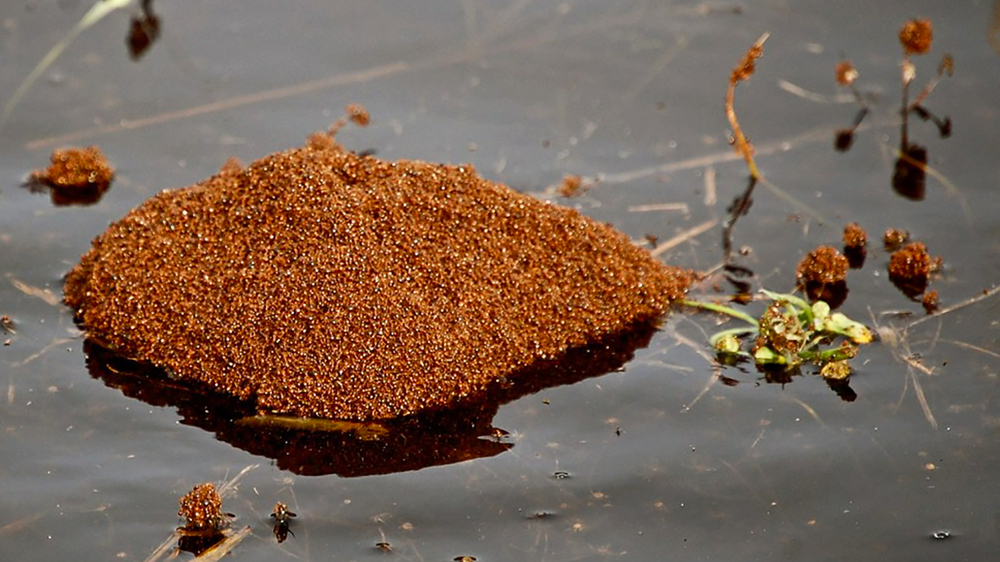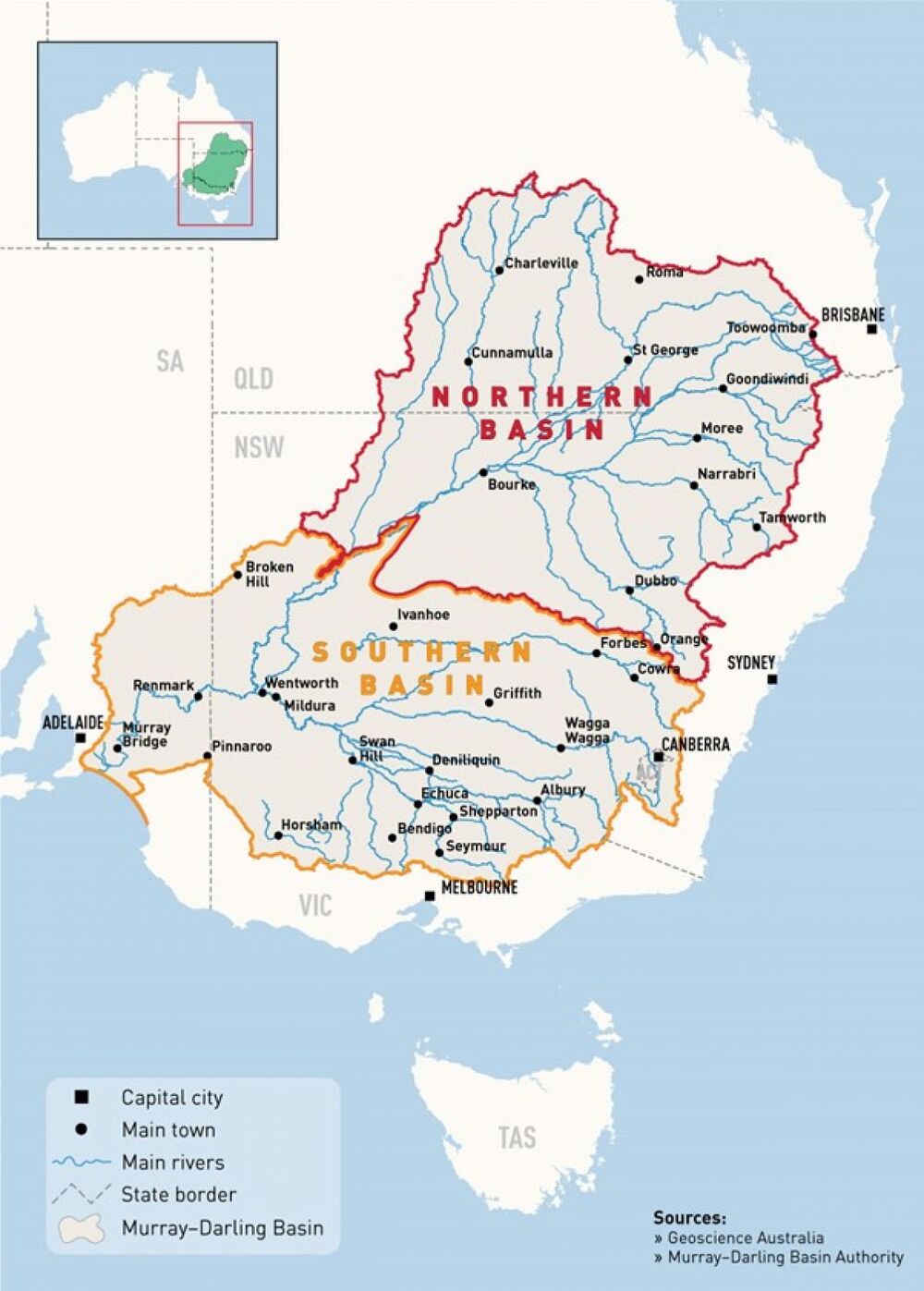Call to "declare war" on fire ants after Toowoomba alert
River McCrossen
22 April 2024, 3:40 AM
 Red imported fire ants have been found on the doorstep of the Murray Darling Basin
Red imported fire ants have been found on the doorstep of the Murray Darling BasinStakeholders are calling for state and federal governments to radically ramp up eradication efforts against red fire ants after nests were detected for the first time in the north-eastern tip of the Murray-Darling Basin near Toowoomba, about 65 kilometres outside Queensland's containment zone.
Multiple nests were reported on a property in Oakley, about 30 kilometres from Toowomba on Tuesday 16 April.
The invasive species from South America kills wildlife and leaves painful stings on people and livestock. Outbreaks can devastate agricultural output.
“If these pests infest the whole nation, it is estimated that 83,100 Australians could need medical attention for fire ant attacks each year, while our agricultural industry could see its output reduce by up to 40 per cent," said NSW Farmers President Xavier Martin.
“As well as being potentially deadly to humans, fire ants can sting native and domestic animals, harm livestock, ruin our natural environment and wreak havoc on fruit trees, beehives, pastures and crops.
“This is not just any another ant, and we have no choice but to eradicate these pests and fast if we want to spare our nation ongoing and serious pain.”
The ants can also raft down waterways to invade new areas by linking their claws and trapping air under their bodies to travel long distances in large groups.
That is why the new discovery, only around four kilometres from Oakey Creek, has sparked fears the super-spreaders are on the brink of entering the waterways of the Murray Darling Basin, part of Australia's largest river system.

Fire ants 'rafting' on water. IMAGE: HowStuffWorks
NFF President David Jochinke said action to eradicate the species should have been completed decades ago.
"We cannot let this become a national problem, our governments must not stall for a second longer, Mr Jochinke said.
“RIFA are a significant national biodiversity threat to Australian agriculture, farming families, and human health.
“Governments need to step-up and contribute toward funding the national cost-sharing plan if disastrous impacts on agriculture, human health, and biodiversity are to be avoided."

Advocacy Manager for the Invasive Species Council, Reece Pianta, said alarm bells should be ringing in the Prime Minister’s office.
"The government must spare no expense in responding to this outbreak and the whole community should treat this very, very seriously."
"While we have full confidence in the National Eradication Program’s response to this outbreak, we are very worried that not enough money is being spent by governments on the fire ant invasion."

Red fire ant stings. IMAGE: Agriculture WA
Mr Pianta said northern NSW residents should keep an eye out for the fire ants.
"Particularly if you have had any recent material delivered to your property like soil, turf or mulch," Mr Pianta said.
"Fire ants are one of the world’s worst super pests and, if they are allowed to spread across the continent, their economic impact will be greater than cane toads, rabbits, feral cats and foxes combined."
According to the National Fire Ant Eradication Program (NFAEP), fire ants are highly mobile and spread rapidly.
The ants can vary in size between two and six millimetres. They are a shiny red-brown colour and typically have a darker abdomen.
The discovery came just two days after the Senate Standing Committee on Rural and Regional Affairs and Transport handed down it's report from a six-month inquiry into Australia's response to the pests.
One of the recommendations was for state and federal governments to commit further funds to "research, development, and innovation to improve understanding of red imported fire ants."